The Rich Heritage of Poha and Puffed Rice in Telugu Cuisine
Poha, or flattened rice, and puffed rice hold significant positions in the culinary practices of the Telugu-speaking regions of India. Originating from the grains that are integral to the region’s agriculture, both Poha and puffed rice exemplify the resourceful use of locally available ingredients. These staples have been part of the Telugu diet for centuries, serving not only as sustenance but also as a medium of cultural expression.
Historically, Poha’s preparation dates back to ancient times when simple agricultural societies relied on easily digestible and non-perishable food items. Puffed rice, similarly, has roots in traditional processing methods that allow for the preservation of rice while enhancing its taste and texture. As these ingredients gained popularity, they became canvases for various traditional dishes, such as Poha Upma and Murmura Chillar, fitting comfortably into daily meals and festive celebrations alike.
The incorporation of Poha and puffed rice in traditional recipes showcases their versatility. For instance, Poha can be prepared with an assortment of vegetables and spices, creating a nutritious and filling breakfast. In contrast, puffed rice is often used in sweet and savory snacks, such as Bhel Puri, highlighting its adaptability to diverse flavor profiles. Moreover, both ingredients boast impressive nutritional benefits, being rich in carbohydrates yet low in fat, making them suitable for various dietary needs and preferences.
These delectable and wholesome ingredients are not only staples for Telugu households but also play essential roles in community gatherings and festivals, reinforcing their cultural significance. The exploration of their rich heritage indicates that Poha and puffed rice possess the potential to resonate with international palates, inviting broader appreciation for Telugu cuisine and its culinary traditions.
From Local Delicacies to Global Delights: The Journey of Telugu Foods
The globalization of cuisine has opened a world of possibilities for local delicacies, allowing traditional foods like Poha and puffed rice to gain recognition far beyond their regional origins. Telugu foods, steeped in rich cultural heritage, are being embraced internationally, buoyed by the rising popularity of Indian cuisine. As food enthusiasts seek authentic flavors and diverse culinary experiences, Poha—commonly made from flattened rice—and puffed rice are emerging as versatile ingredients that can be featured in various global recipes.
The current trends in food globalization indicate a significant shift toward culinary fusion, where traditional recipes adapt to new palates while preserving their essence. This cross-cultural exchange fosters creativity, allowing chefs and home cooks alike to experiment with Telugu foods in innovative ways. With such enthusiasm for Indian cuisine, Poha and puffed rice can be reimagined from breakfast staples to gourmet dishes, appealing to a broader audience.
However, marketing these beloved Telugu staples internationally is not without challenges. Local producers and entrepreneurs encounter several obstacles, including competition from established global brands, the necessity for proper branding, and an often complex distribution network. To overcome these hurdles, collaborative efforts among producers, chefs, and food marketers become essential. Strategic alliances can enhance visibility, stimulate demand, and introduce authentic Telugu flavors to global consumers.
In the face of such challenges, there are numerous success stories that exemplify the adaptability and allure of Telugu foods. Entrepreneurs who have harnessed social media marketing and e-commerce platforms have successfully extended their reach, offering global customers the chance to experience Poha and puffed rice while celebrating the rich flavors of Telugu cuisine. The potential for growth in this area is substantial, encouraging further exploration of traditional ingredients adapted for modern kitchens around the world.


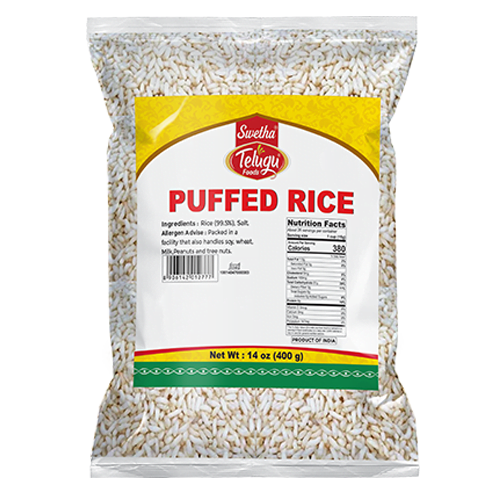
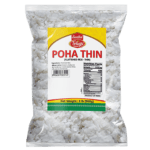

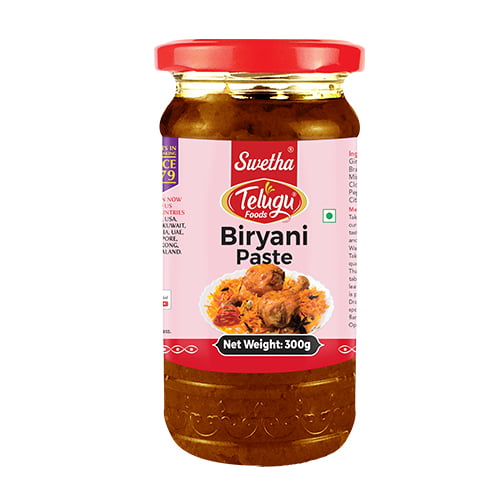
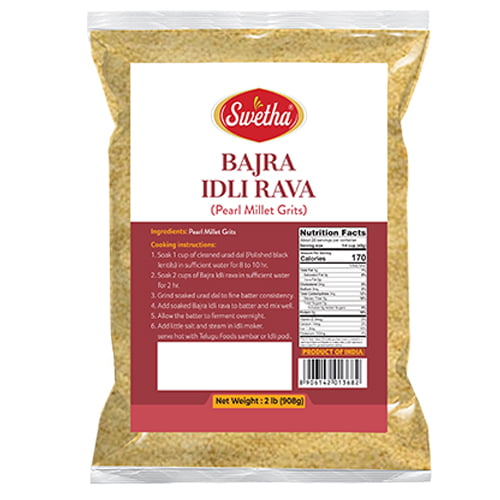


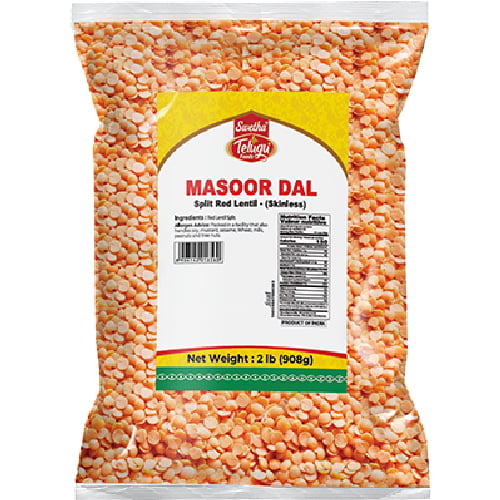

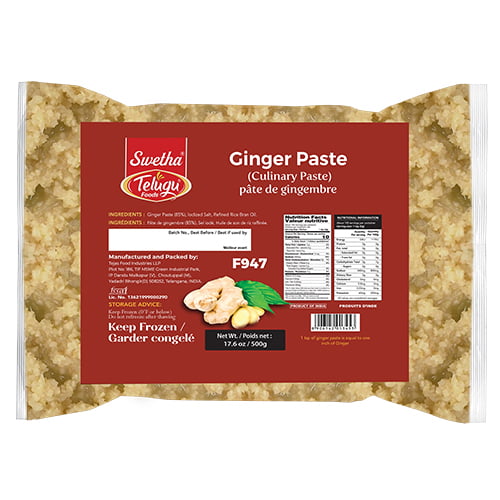
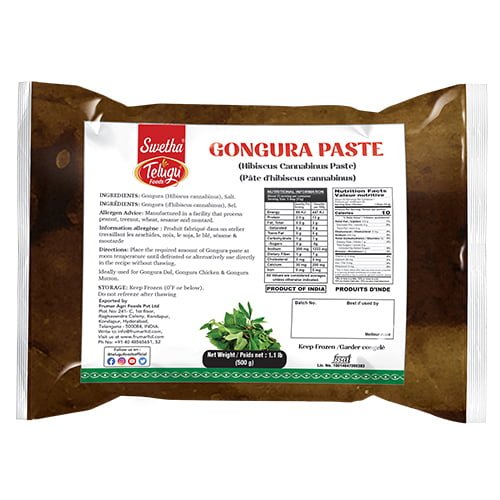

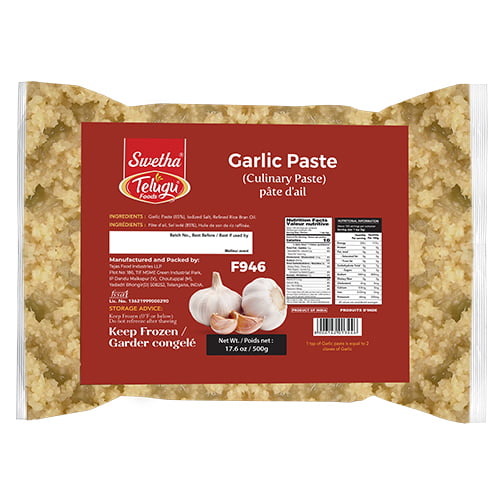

Reviews
Clear filtersThere are no reviews yet.